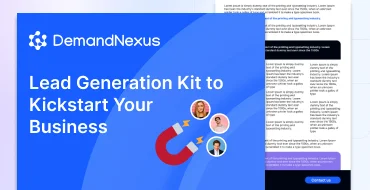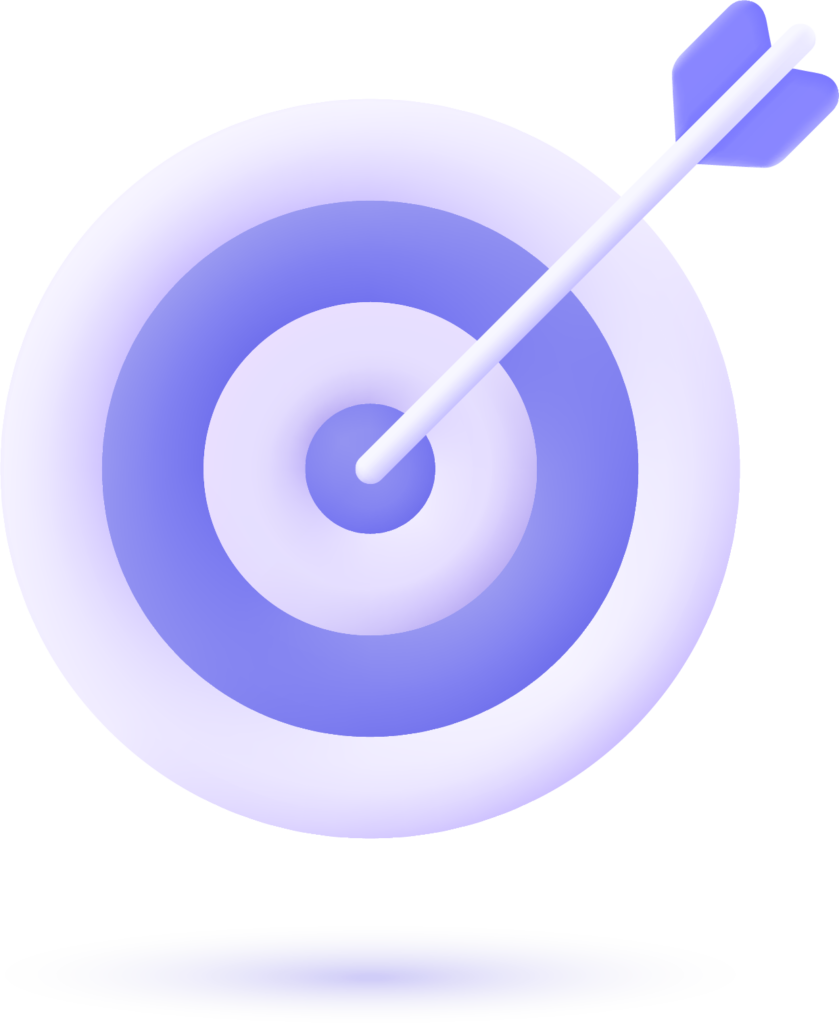Introduction to Sales Prospecting
Sales prospecting is the cornerstone of B2B growth, enabling businesses to identify and engage potential customers who are primed for conversion. This process involves pinpointing high-value prospects, crafting tailored outreach, and nurturing relationships to build a robust sales pipeline. In today’s competitive landscape, mastering sales prospecting basics is critical for sustainable success. This guide explores the strategies, benefits, and tools that empower sales teams to excel, offering actionable insights for beginners and seasoned professionals alike.
What is Sales Prospecting and Why Does it Matter?
Sales prospecting is the deliberate act of finding and contacting potential clients who align with your ideal customer profile (ICP). Unlike broad lead generation, prospecting focuses on precision, targeting individuals or accounts likely to convert. It’s vital because it fuels the sales funnel with qualified leads, ensuring consistent revenue growth. Strategic prospecting enhances efficiency, strengthens customer relationships, and delivers measurable ROI, positioning businesses to thrive in competitive markets.
Fundamental Steps in Sales Prospecting
Effective prospecting requires a structured approach. Here are the key steps to guide your efforts:
- Research and Identify Ideal Customers: Use data-driven insights and intent data to define your ICP, focusing on prospects actively seeking solutions.
- Build a Targeted List: Create a curated list of prospects with tools for lead enrichment and account-based marketing (ABM).
- Craft Personalized Outreach: Develop tailored messages that address specific pain points, leveraging lead nurturing strategies.
- Choose the Right Channels: Select optimal platforms like email, LinkedIn, or cold calling to connect with prospects.
- Engage and Follow Up: Implement sequenced outreach and schedule meetings to foster meaningful conversations with decision-makers.
Top Benefits of Strategic Sales Prospecting
Strategic prospecting transforms how businesses approach B2B sales. Key advantages include:
- Accelerated Growth: Targeting high-value accounts drives faster revenue generation.
- Higher Lead Quality: Precision targeting ensures prospects are more likely to convert.
- Enhanced ROI: Efficient resource allocation maximizes marketing and sales investments.
- Stronger Relationships: Personalized engagement builds trust and long-term partnerships.
- Competitive Edge: Proactive outreach helps you reach prospects before competitors.
Common Mistakes to Avoid in Sales Prospecting
Even seasoned sales teams can stumble. Avoid these pitfalls to ensure success:
- Inadequate Research: Failing to understand prospects’ needs leads to irrelevant outreach.
- Over-Reliance on Automation: Generic automated messages can alienate potential clients.
- Ignoring Follow-Ups: Lack of persistence often results in lost opportunities.
- Misaligned Targeting: Pursuing unqualified leads wastes time and resources.
Types of Sales Prospecting Techniques
Sales prospecting encompasses a variety of methods, each suited to different scenarios:
1. Cold Calling
Directly contacting prospects via phone to introduce solutions and gauge interest. It’s effective for building personal connections but requires resilience due to potential rejection.
2. Cold Emailing
Sending personalized emails to spark interest and initiate conversations. Compliance with regulations and precise targeting are key to avoiding spam filters.
3. Social Selling
Engaging prospects on platforms like LinkedIn through content sharing and relationship-building. It’s non-intrusive but demands authenticity to stand out.
4. Networking
Attending industry events or webinars to connect with prospects in person, fostering trust through face-to-face interactions.
5. Referrals
Leveraging existing relationships to gain introductions to new prospects, yielding warmer leads with higher conversion potential.
Tools and Resources for Effective Sales Prospecting
Modern prospecting relies on advanced tools to streamline processes and enhance outcomes:
- Intent Data Platforms: Solutions like DemandNexus provide insights into prospects actively researching solutions, boosting targeting accuracy.
- CRM Systems: Platforms like Salesforce or HubSpot organize prospect data and track interactions for seamless pipeline management.
- Predictive Analytics: AI-driven tools forecast conversion likelihood, enabling smarter prioritization of high-potential leads.
- Outreach Tools: Software for email sequences and appointment setting automates follow-ups and scheduling.
Real-World Example: Prospecting Success with DemandNexus
A SaaS company partnered with DemandNexus to revamp its prospecting strategy. By integrating predictive lead scoring and intent data, they identified high-potential accounts with 40% greater accuracy. Tailored outreach campaigns, supported by ABM, resulted in a 25% increase in qualified leads and a 15% boost in conversions within six months. This success underscores the power of data-driven prospecting aligned with business goals.
Best Practices for a Winning Sales Prospecting Strategy
To maximize prospecting effectiveness, adopt these best practices:
- Define Clear Goals: Set specific objectives, such as booking meetings or qualifying leads, to guide outreach.
- Refine Your ICP Regularly: Update your ideal customer profile quarterly to reflect evolving market trends.
- Leverage Multi-Threading: Engage multiple stakeholders within an account to uncover pain points and build consensus.
- Monitor Metrics: Track activity metrics (e.g., calls made) and result-based metrics (e.g., meetings booked) to evaluate performance.
- Personalize at Scale: Use automation tools to deliver tailored messages without sacrificing authenticity.
Key Takeaways
Sales prospecting is the engine of B2B success, transforming potential customers into loyal clients. By leveraging data-driven strategies, personalized outreach, and advanced tools, businesses can build robust pipelines, optimize resources, and achieve sustainable growth. Mastering prospecting basics empowers sales teams to navigate complex markets with confidence and precision.
Ready to supercharge your prospecting efforts? Discover how DemandNexus can fuel your pipeline with precision. Book a call today to explore tailored solutions for your business!
Additional Resources
FAQs About Sales Prospecting Basics
1. What are the benefits of sales prospecting?
Prospecting drives higher lead quality, improves conversion rates, and accelerates revenue growth by targeting the right prospects.
2. How does sales prospecting differ from lead generation?
Prospecting is a targeted, one-to-one outreach to qualified leads, while lead generation focuses on broader audience attraction.
3. What tools enhance sales prospecting?
CRM systems, intent data platforms, predictive analytics, and outreach tools streamline prospecting efforts.
4. Why is personalization important in prospecting?
Personalized outreach addresses specific prospect needs, fostering trust and increasing engagement.



